8 ways to customize Windows 10 and 11 with WinBubble
The default customization options in Windows 11 and 10 are relatively limited. However, some third-party software packages give you more options to customize Microsoft's desktop operating system. WinBubble is a freeware customization tool that allows you to tweak the Windows platform in a variety of ways. Here are 8 ways you can tweak Windows 11/10 with WinBubble.
First, download and extract WinBubble
The latest version of WinBubble is primarily designed to customize Windows 10. You can still tweak Windows 11 with WinBubble. However, some of its custom settings may not work right away in Microsoft's latest desktop operating system. So consider creating a restore point backup before using WinBubble in Windows 11.
WinBubble is a portable application, which means it does not have an installer. It is downloaded as a ZIP archive that you need to unzip before running the software.
To get the ZIP file, open the Softpedia WinBubble for Windows 10 page and select Download Now > Softpedia Mirror (US) .
You can decompress the archive as described in TipsMake's instructions on how to decompress files on Windows. Double-click WinBubble.exe in the extracted WinBubbles folder to open the software.
1. How to Customize Desktop Shortcut Icons with WinBubble
Icons for desktop shortcuts on Windows include little arrows on them. However, you can change that with WinBubble's Customize Shortcut Icon option . That option lets you remove the arrow or change it to a star, heart, or Windows icon. You can adjust the desktop shortcut icons like this:
1. Select the Specific tab of WinBubble.
2. Then click the Customize Shortcut Icon drop-down menu to select the No Arrow, Heart, Star or Win (Windows icon) option.
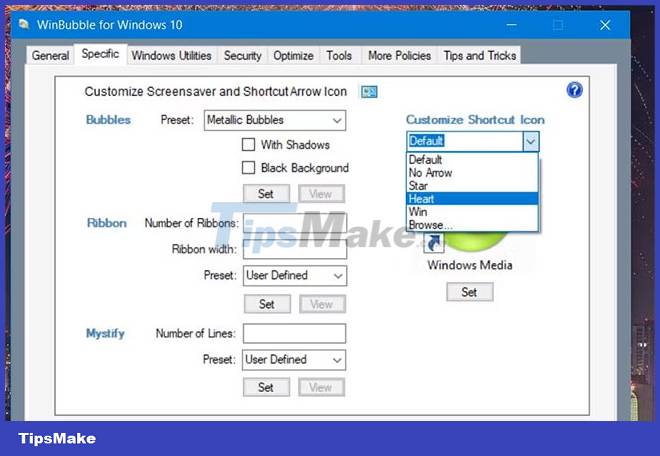
3. Press the Set button.
4. Click OK on the reboot prompt dialog.
5. You will then need to restart Windows for this customization to take effect.
2. How to Customize Windows screensavers with WinBubble
Windows 10 and 11 include screensavers Bubbles, Mystify and Ribbon but without any customization options for them. You can adjust those screensavers by manually editing the registry. However, WinBubble's custom settings for screensavers Bubbles, Mystify and Ribbon make our lives easier.
The Specific tab in WinBubble includes options for adjusting those screensavers. You can change the presets for screensavers by clicking on their Preset drop-down menu and choosing alternative options.
For example, you can choose Glassy Bubbles or Metallic Bubbles options with different sizes for screensaver Bubbles. Selecting the Metallic Bubbles option will give you the multicolored bubbles shown in the snapshot below.
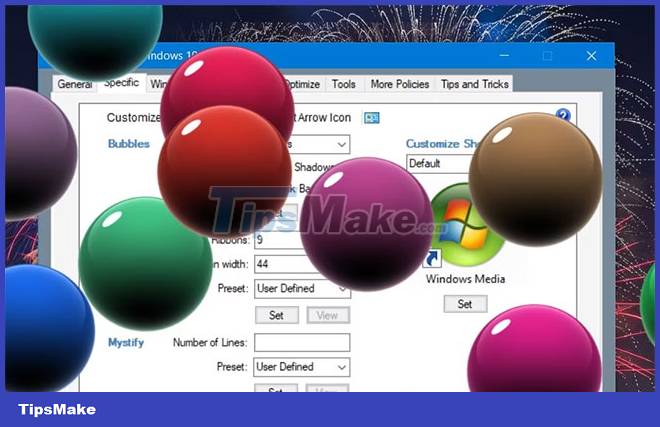
You can also adjust the number of ribbons or lines for different Ribbon and Mystify screensaver presets. Select a preset value and then enter the value in the number boxes to change the number of lines or ribbons included in the screensaver. You can also enter a width value in the Ribbon width box.
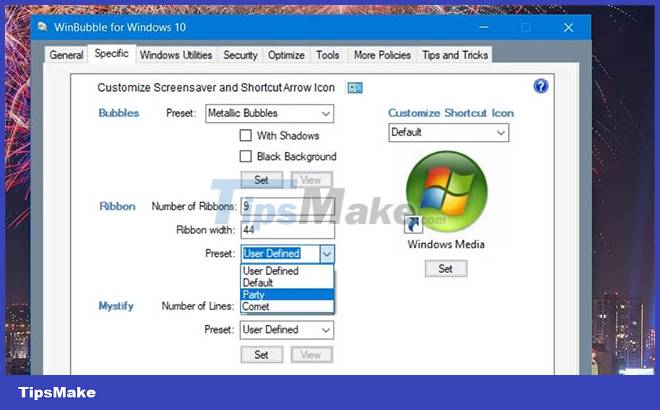
Once you have customized the screensaver, click the View button to preview it. Select Set to save the settings. You may also need to select and set custom screensavers in the Change screensaver Control Panel applet .
3. How to change menu delay with WinBubble
You can speed up the menus a bit by reducing the menu delay. By default, Windows has a menu delay of 400 milliseconds, which you can reduce to 0. WinBubble includes a Menu Show Delay option that you can configure among many other optimization settings.
To configure that setting, select the Optimize tab . Click the Show Delay Menu option to choose a value less than 400 ; Select Apply to save the new value.
In the meantime, you can also speed up the Windows shutdown process a bit. To do this, select the Decrease Shutdown Time for services and Do not Clear Pagefile at Shutdown check boxes on the same Optimize tab.
4. How to add a new submenu to the context menu
WinBubble includes many customization settings for the desktop context menu in Windows. It allows you to add three alternative shortcut submenus to the desktop context menu. You can choose to add context menu submenus to open Control Panel applets , Microsoft apps, and system tools.
Click the General tab to see those custom settings for the context menu. Select the Control Panel Menu , MS Software Menu or System Tools Menu option on that tab to add one of those submenus. Click Run on any Open File warning dialogs to apply.
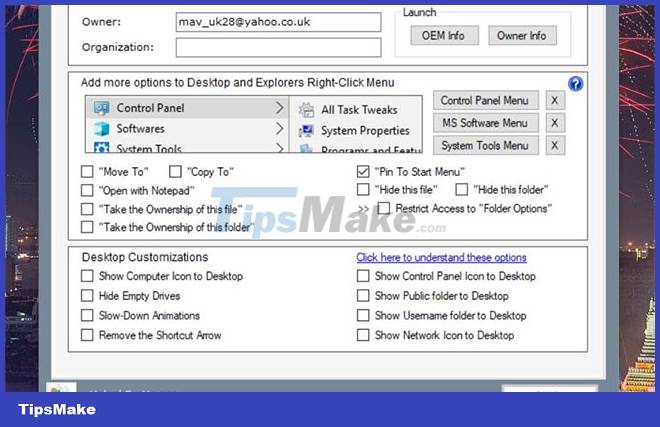
Then right-click on the desktop area to see Control Panel, System Tool or Software submenus . In Windows 11, you also need to click Show more options because this tweak is applied to the classic context menu. Each submenu includes many handy shortcuts.
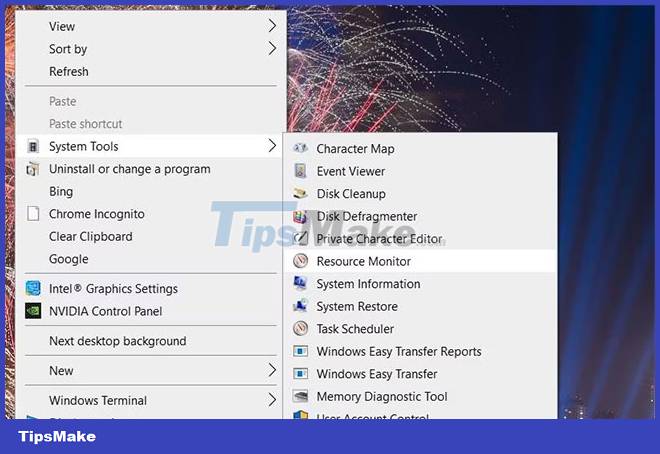
5. How to add a new Take Ownership Explorer option for files and folders
You cannot open folders with restricted access unless you own them in Windows 11/10. To take ownership of a folder manually, you will need to change its security settings through its properties window.
However, it is much simpler to add options to own folders and files to the context menu with WinBubble. You can then right-click a folder or file in Explorer to select the Take the Ownership option .
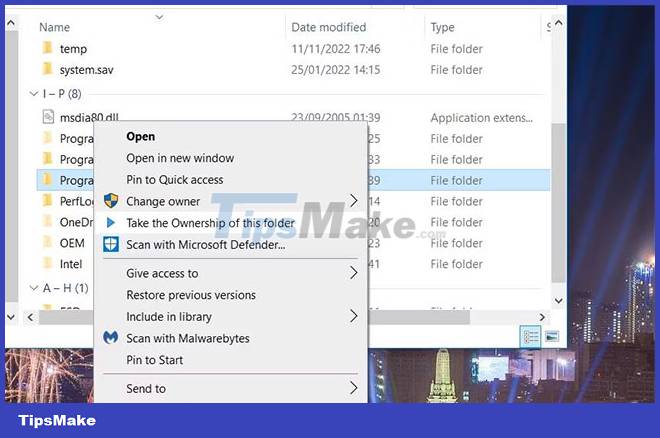
WinBubble's General tab includes two settings to add a claim option to File Explorer's context menu. Select both the 'Take the Ownership of this folder' and 'Take the Ownership of this folder' checkboxes to add those options. You also need to click Apply for this tweak.
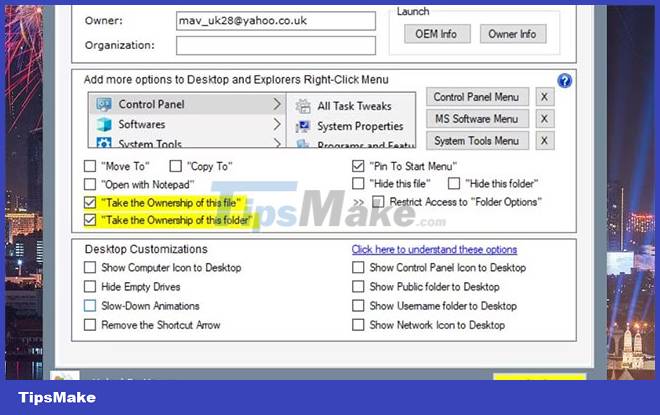
6. How to add a new software shortcut to the context menu
If you don't want to cram too many software shortcuts into your desktop area, the context menu is an ideal alternative space for them. You can add multiple shortcuts to different context menus with WinBubble without manually editing the Windows registry. Here's how to add a shortcut to open a program to the right-click menu in Windows:
1. Select the Tools tab in WinBubble.
2. Click the Explorer/Desktop button on that tab.
3. Click the ellipse button for the Command box.
4. Select the software to add to the menu and click the Open option.
5. Enter the title of the software in the Name box.
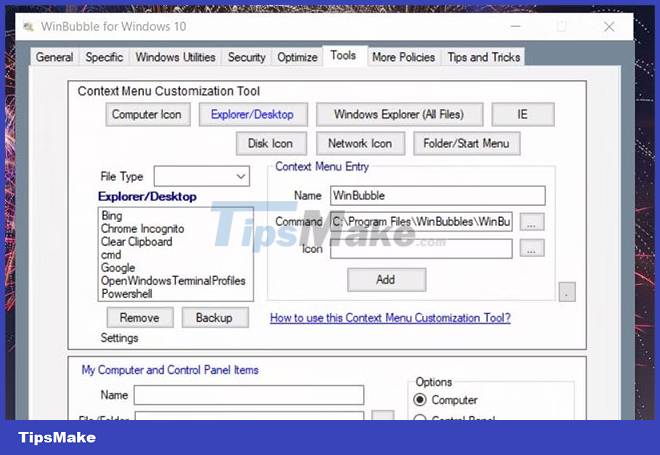
6. Click the Add button.
7. Select OK on the prompt that appears.
Now, see the context menu by right-clicking on the desktop (select Show more options in Windows 11). You will see a shortcut to open the software you added there. Click that shortcut to launch the program.
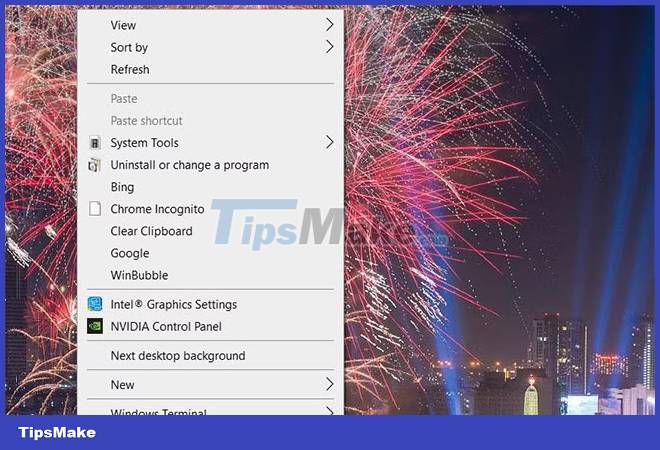
You can remove added shortcuts by selecting them in the Explorer/Desktop box under the Tools tab of WinBubble. Click the Remove option there. Then select Yes when asked to confirm the deletion.
7. How to Add New Items to the Control Panel
WinBubble's Tools tab also includes a section that allows you to add new items to the Control Panel. You can add third-party software shortcuts to the Control Panel from there by following these steps:
1. Select the Control Panel radio button .
2. Click the ellipsis button for the File/Folder box on the Tools tab.
3. Select a program to include in the Control Panel.
4. Click Open to add the path of the software.
5. Enter a title for the selected software in the Name box.
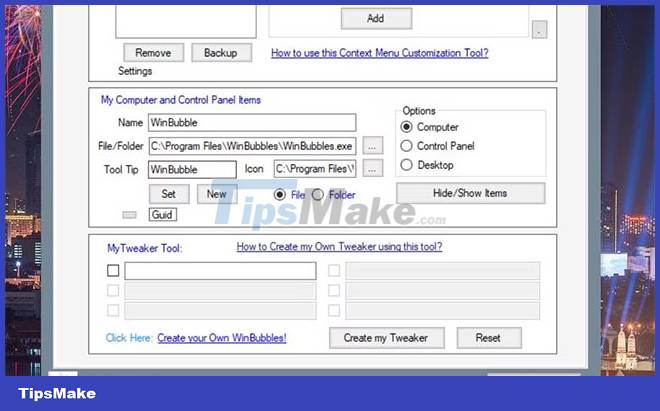
6. Press the Set button.
7. Then click OK to close the pop-up message dialog box.
You should now be able to open the added software from the Control Panel. Open the Control Panel window and select Large icons from the View by drop-down menu there. Click on the new software shortcut there.

8. How to Disable Registry Editor in WinBubble
The More Policies tab in WinBubble allows you to disable many things in Windows. It combines 4 sub-tabs from which you can disable desktop, Start menu, taskbar, machine, system and Control Panel features. In addition, there are also a number of other quick tweaking settings available.
For example, you can choose to disable Registry Editor, if you don't want other users to mess up the Registry. To do so, click the More Policies tab > System tabs . Select the Prevent registry access to Registry Editor check box and click Apply. Then an access denied message will appear when the user tries to open the Registry Editor.
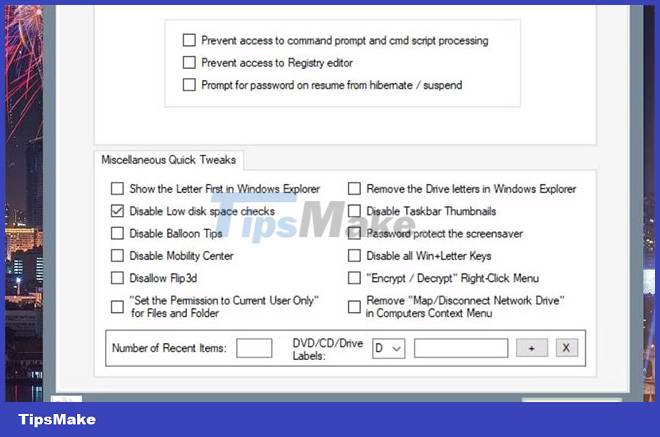
Those are just some of the different ways you can customize Windows 10 and 11 with WinBubble. WinBubble is packed with more handy settings to tailor Windows to the content you want. So feel free to customize Windows with WinBubble!
 Microsoft confirmed that Windows 10 encountered many annoying errors after updating
Microsoft confirmed that Windows 10 encountered many annoying errors after updating 10 ways to open Disk Defragmenter on Windows
10 ways to open Disk Defragmenter on Windows How to fix Micro not working on Windows 10
How to fix Micro not working on Windows 10 Fix 'One or more audio service isn't running' error on Windows 10
Fix 'One or more audio service isn't running' error on Windows 10 How to open the Host file on Windows 10, edit the hosts file
How to open the Host file on Windows 10, edit the hosts file How to fix the sound loss error in Windows 10
How to fix the sound loss error in Windows 10